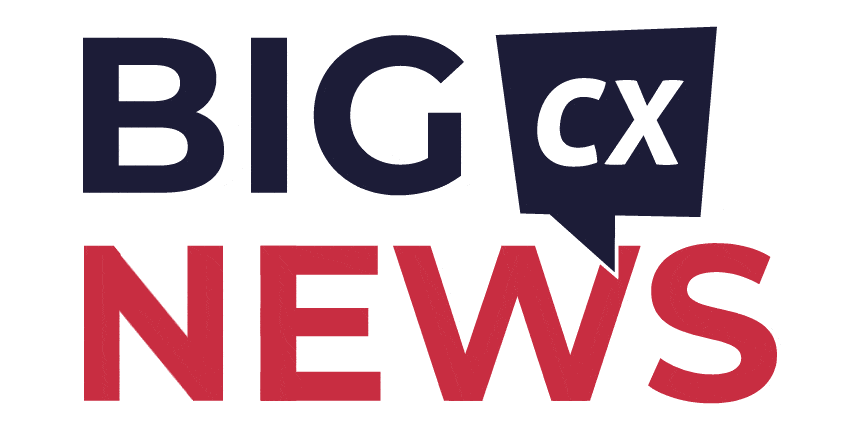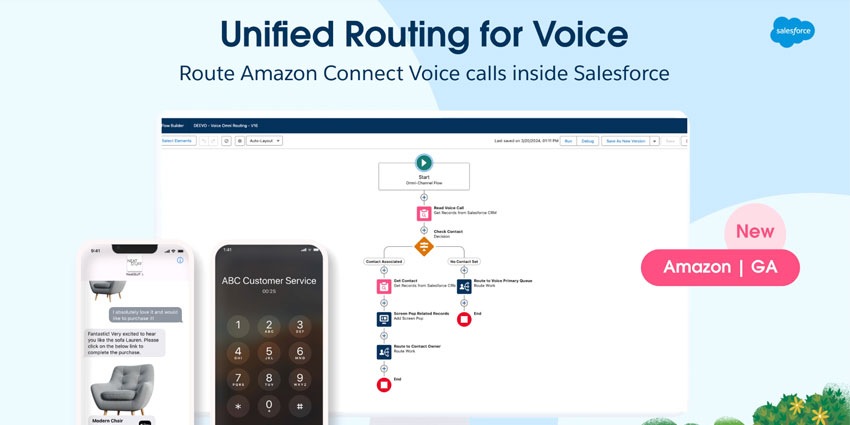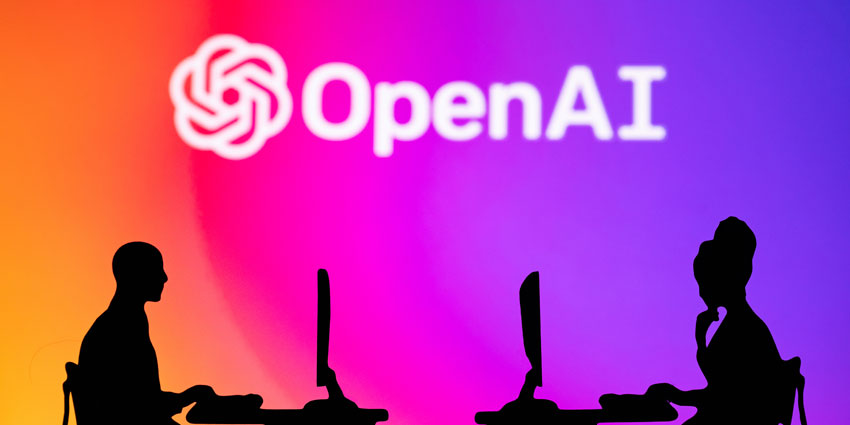From the latest innovations with large language models to high-profile acquisitions, here are some extracts from our most popular news stories over the last seven days.
Microsoft Showcases Copilot. Here’s How It Will Help Win and Retain Customers
Microsoft CEO Satya Nadella has welcomed the dawn of “a new era” for AI by teasing Copilot.
Copilot is a system that combines large language models with a company’s data and Microsoft apps.
It appears as if a bot within these apps. The user then gives Copilot a prompt, which it takes and runs with to simplify and automate tasks for them.
That is a simple summary. Yet, those that delve deeper will discover that Copilot works by making its way between three cornerstone technologies.
How does Copilot Work?
Copilot hinges on three technologies. These are:
- Microsoft 365 Apps – These include Word, Excel, PowerPoint, Outlook, Teams, and more.
- The Microsoft Graph API – This brings together content and context from emails, meetings, files, chats, calendar events, and more.
- A Large Language Model (LLM) – This is a creative engine capable of parsing and producing human-readable text.
Sitting within Microsoft 365 apps, CoPilot receives a prompt from the user and calls into Microsoft Graph. There, it retrieves business content and data, adding context to the prompt.
Then, Copilot sends the modified prompt to the LLM, a new technology many people will be familiar with through their experiences with ChatGPT. The LLM then generates a response.
Once it has done so, the LLM sends the response to Microsoft Graph for post-processing. This involves adding context and generating commands. Copilot them runs responsible AI checks alongside security, compliance, and privacy reviews.
Finally, Copilot responds to the user and sends commands back to the apps.
As Jared Spataro, Corporate Vice President, Modern Work & Business Applications at Microsoft summarized:
Copilot iteratively processes and orchestrates these sophisticated services to produce a result that feels like magic.
In doing so, it opens up many opportunities to improve employee experiences. The video below brings several of these to life.
Microsoft delved deeper into many of these possibilities when launching Copilot during a live broadcast.
Indeed, Charles Lamanna, Corporate Vice President, Business Applications and Platforms at Microsoft, shared several examples of how Copilot may bolster a business’s ability to acquire and retain customers. Read on to learn more.
The U.S. Government Steps In to Support CX Vendors After The Silicon Valley Bank Collapses
The Silicon Valley Bank collapsed on March 10 after it failed to drum up fresh capital.
Its fall became the second biggest bank collapse in U.S. history, with numerous businesses storing their money within the bank.
These include Airbnb, Tesla, and Uber. Yet, it also impacted some of the biggest tech providers in the CX space.
Indeed, Zoom, Twilio, and Snowflake are all customers of Silicon Valley Bank – alongside many other prominent providers that touch the market.
Atlassian, Box, DocuSign, Dropbox, GitHub, Nutanix, Slack, and SurveyMonkey are all other notable examples.
On Friday, the collapse fuelled fears that these brands wouldn’t be able to pay workers.
Thankfully, U.S. regulators stepped in with emergency measures, which included seizing another bank – Signature Bank – only three days later.
In doing so, federal officials announced that customers who deposited money would be made whole.
Moreover, they will have access to their bank account as of Monday, which will allow these businesses to pay their teams as usual.
Funds will come from a special assessment on banks, not taxpayers.
As such, the tech space can breathe a sigh of relief. Yet, it raises important questions regarding the tech industry’s short- and long-term stability.
Meta Plans to Offload Kustomer After Acquiring It for $1BN Last Year
Meta is seeking to sell Kustomer, the CRM vendor it acquired for a reported $1BN in February 2022.
While Meta initiated the deal in 2020, it took over a year to pass through regulatory scrutiny.
At the time, many considered the move a significant enabler in bringing WhatsApp and Messenger to customer service environments.
However, Meta has since announced integrations with a whole host of rival CRM vendors – most recently Hubspot – leaving some to question the deal’s value proposition.
On top of this, reports suggest that Kustomer’s revenue growth curve flattened last year – despite the high-profile acquisition – with one suggesting the vendor burned through $200MN.
Such expenditure includes operational and one-time expenses.
As quoted by The Wall Street Journal, a Meta spokesperson stated:
In light of Meta’s efficiency efforts, we’ve made the decision to focus on our fastest-growing business messaging offerings, including the monetization opportunity for WhatsApp.
The opportunity is likely to include adding features to WhatsApp that allow consumers to search for, message, and buy from businesses natively on the platform.
Indeed, Meta has already released such capabilities in Brazil.
A CRM solution could help businesses support these new commerce journeys and store customer experience data from them.
Yet, the solution does not have to be a first-party CRM. Meta could work with other leaders in the space to bring this vision to life.
Recognizing this, Meta seems content to work with third parties and shift back to its core business.
Perhaps this is no surprise after 2022 proved to be a year where its side projects, most notably in the metaverse, failed to capture the imagination of business leaders.
Investment Firms Snap Up Qualtrics for $12.5BN
Silver Lake and CPP Investments have rolled up Qualtrics for $12.5BN.
The deal includes SAP’s remaining 71 percent stake in Qualtrics, a stake which SAP had gradually reduced since it acquired Qualtrics for $8BN in 2018.
Only two years after that acquisition, SAP spun Qualtrics into an IPO.
While these events may not have followed SAP’s script, Qualtrics turned into a profitable side hustle for the CRM provider – as evident in the rise in its market value.
Moreover, Qualtrics now has 18,000 customers, compared to 10,000 at the point of SAP’s purchase.
Unfortunately, as the tech market endured a post-pandemic cold snap, SAP made its intention clear to sell its remaining stake in Qualtrics.
Two months later, Silver Lake and CPP Investments stepped in to complete the acquisition, turn Qualtrics into a private business, and attempt to accelerate its growth.
Discussing this aim, Zig Serafin, CEO of Qualtrics, said:
We are incredibly excited to partner with the team at Silver Lake, who deeply understand our business and will help us continue to build a high-performing company, invest in our innovation and expand our ecosystem to help our customers succeed.
Qualtrics shareholders, including SAP, will receive $18.15 per share in cash from the deal.
According to the press release, the rate represents a 73 percent premium to the 30-day volume-weighted average price on January 25, 2023.
January 25 was the last full day of trading before SAP announced its intention to sell.
Unfortunately, the rate is down considerably from this time last year. Indeed, in March 2022, its share price stood at $30.16 – so many investors likely made a considerable loss.
However, like most CX tech vendors, 2022 proved a tricky year for Qualtrics in the stock market.







